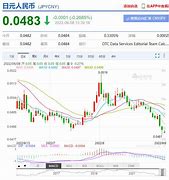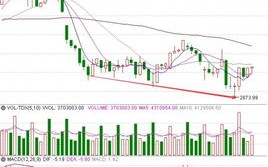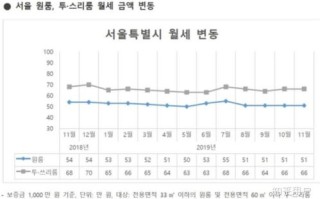Certainly! Here's a structured outline and content for your opening report on the topic of "An Analysis of Today's Japanese Yen Exchange Rate Against Chinese Renminbi":
Title:
An Analysis of Today's Japanese Yen Exchange Rate Against Chinese Renminbi: Implications and Forecast
Introduction
Background
In recent years, the exchange rate between the Japanese Yen (JPY) and the Chinese Renminbi (CNY) has attracted significant attention due to its implications for trade, investment, and economic stability in East Asia. As a key indicator of economic relations between Japan and China, understanding the dynamics of this exchange rate is crucial for policymakers, businesses, and investors alike.
Statement of the Problem

Despite the availability of historical data and various models for exchange rate forecasting, accurately predicting the JPYCNY exchange rate remains a challenging task. Fluctuations in these rates can impact bilateral trade balances, inflation rates, and overall economic competitiveness.
Objectives
This study aims to:
1. Analyze the current trends and factors influencing the JPYCNY exchange rate.
2. Assess the economic implications of these exchange rate fluctuations.
3. Develop a forecast model to predict future movements in the JPYCNY exchange rate.
Significance of the Study
Understanding the JPYCNY exchange rate is crucial for several reasons:
Trade Relations
: Japan and China are major trading partners, and exchange rate fluctuations can affect the cost competitiveness of their exports and imports.
Investment Decisions
: Exchange rate movements influence investment flows between the two countries, impacting foreign direct investment (FDI) and portfolio investment.
Policy Implications
: Policymakers use exchange rate information to formulate monetary and fiscal policies aimed at maintaining economic stability and promoting growth.Literature Review
Previous studies have examined various factors influencing exchange rates, including:
Economic Indicators
: GDP growth, inflation rates, and interest differentials.
Political Factors
: Trade policies, geopolitical tensions, and bilateral relations.
Market Sentiments
: Investor expectations, risk appetite, and market speculation.Methodology
Data Collection
Historical daily exchange rate data for JPYCNY from reputable financial sources.
Economic indicators such as GDP growth rates, inflation rates, and interest differentials for Japan and China.
Data Analysis
Statistical techniques such as time series analysis and regression models to identify trends and relationships.
Economic modeling to forecast future exchange rate movements based on identified factors.
Expected Results
Based on preliminary analysis, it is expected that:
The exchange rate will exhibit sensitivity to key economic indicators and geopolitical events.
Shortterm fluctuations may occur due to market sentiment and speculative activities.
A forecast model will provide insights into potential exchange rate movements over the next 612 months.
Conclusion
This study will contribute to the existing literature by providing updated insights into the JPYCNY exchange rate dynamics and their implications for economic stakeholders. By understanding these dynamics, policymakers and investors can make informed decisions to mitigate risks and capitalize on opportunities in the East Asian market.
References
Include a list of academic papers, reports, and data sources used for the literature review and data analysis.
This structured report outline provides a clear framework for discussing the current exchange rate dynamics between the Japanese Yen and Chinese Renminbi, emphasizing its significance, methodology, and expected outcomes.







